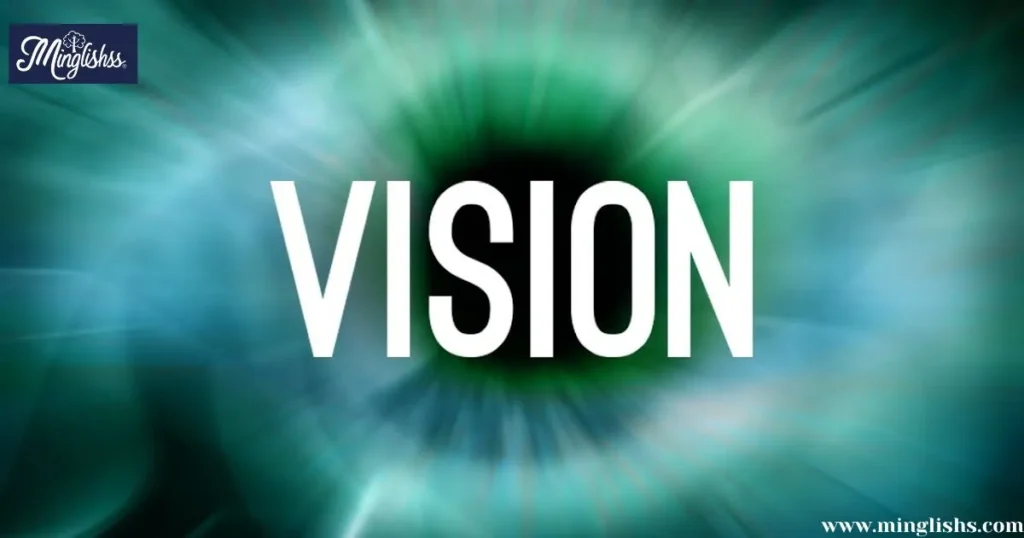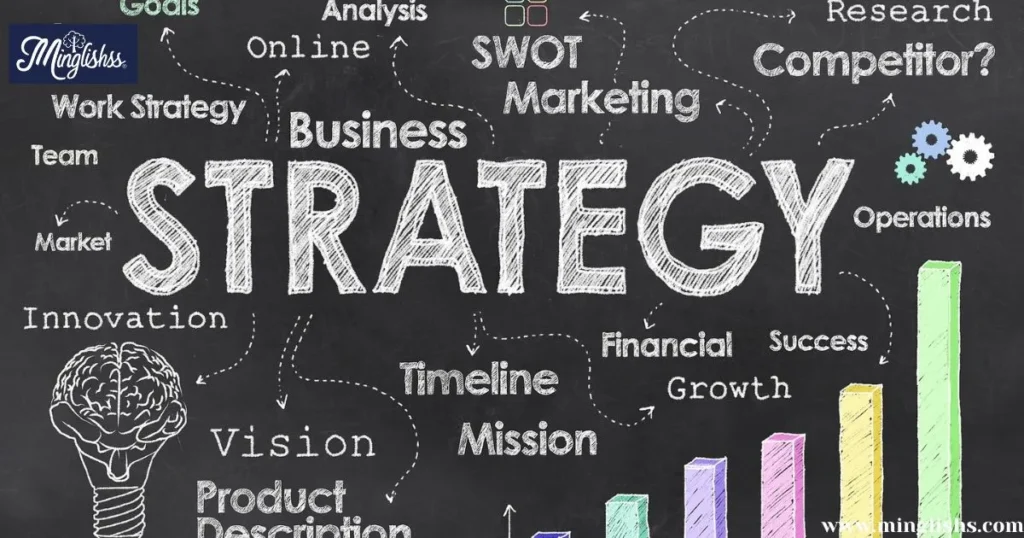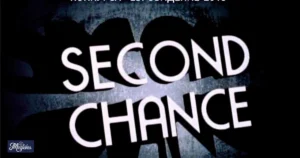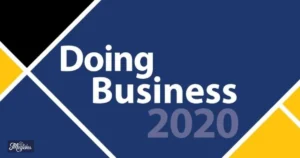“Seeing the big picture is the key to effective decision-making and leadership.”
The ability to see the big picture is an essential skill in both personal and professional contexts. This phrase encompasses the capacity to understand the broader context of situations, to identify trends, and to recognize how various elements interconnect. Whether in business strategy, project management, or life decisions, having a holistic view allows individuals to make informed choices that align with their long-term goals.
As we navigate through the complexities of modern life, it becomes increasingly important to articulate this skill in diverse ways. Recognizing different expressions can enhance communication and foster a deeper understanding among team members, friends, and colleagues. By exploring various alternatives to describe this ability, we can enrich our vocabulary and convey the same sentiment with nuance and precision.
In this blog, we’ll explore 35 alternative phrases to express the ability to see the big picture, providing scenarios for context, explanations, and additional tips. These phrases can be useful in conversations, professional settings, or when mentoring others, helping to articulate the importance of this vital skill.
35 Alternative Phrases and Explanations
1. “Visionary Thinking”
Scenario: In a team meeting discussing future strategies.
Subject Explanation: When Sarah suggests innovative approaches for the upcoming project, calling her a “visionary thinker” emphasizes her capability to foresee potential challenges and opportunities. It acknowledges her foresight and encourages creative problem-solving.
Additional Tip: Encourage brainstorming sessions to foster visionary thinking within the team.
2. “Holistic Perspective”
Scenario: During a project evaluation.
Subject Explanation: After analyzing the project’s outcomes, Mike’s feedback reflects a “holistic perspective,” showing his understanding of how all components contributed to the results. This phrase highlights the importance of considering all aspects before drawing conclusions.
Additional Tip: Practice looking at issues from multiple angles to develop a holistic perspective.
3. “Strategic Outlook”

Scenario: In a discussion about long-term goals.
Subject Explanation: When Emma outlines her plans for the next quarter, referring to her “strategic outlook” reinforces her understanding of the broader organizational goals and how her efforts align with them.
Additional Tip: Regularly review goals and strategies to ensure alignment with the overall vision.
4. “Macro-Level Thinking”
Scenario: During a financial review.
Subject Explanation: When Jason analyzes the company’s financial performance, describing his approach as “macro-level thinking” shows that he considers the overall economic climate and its impact on the business.
Additional Tip: Stay informed about industry trends to enhance your macro-level thinking skills.
5. “Global Perspective”
Scenario: In a meeting about expanding into international markets.
Subject Explanation: When Tina discusses the potential challenges of entering new markets, her “global perspective” underscores her understanding of cultural differences and market dynamics.
Additional Tip: Engage with diverse cultures to cultivate a global perspective.
6. “Broad Viewpoint”
Scenario: When assessing a complex problem.
Subject Explanation: In a strategy session, when Alex takes into account various stakeholders’ interests, his “broad viewpoint” allows for more inclusive decision-making.
Additional Tip: Actively seek input from different stakeholders to gain a broad viewpoint.
7. “Comprehensive Insight”
Scenario: After a team project completion.
Subject Explanation: When Leah reviews the project’s outcomes, her “comprehensive insight” helps identify lessons learned and areas for improvement, demonstrating a deep understanding of the entire process.
Additional Tip: Document insights from projects to refer back to them in future endeavors.
8. “Long-Term Vision”
Scenario: In discussions about career growth.
Subject Explanation: When Kevin talks about his career path, emphasizing his “long-term vision” highlights his commitment to future goals and the steps needed to achieve them.
Additional Tip: Regularly set and review long-term goals to maintain focus on your vision.
9. “Systems Thinking”
Scenario: While addressing organizational challenges.
Subject Explanation: When Maria applies “systems thinking” to tackle inefficiencies, it shows her ability to understand how different parts of the organization interact and affect one another.
Additional Tip: Learn about systems thinking principles to apply them in various situations.
10. “Contextual Awareness”
Scenario: When adapting marketing strategies.
Subject Explanation: During a discussion about changing market dynamics, David’s “contextual awareness” allows him to adjust tactics based on current trends and consumer behavior.
Additional Tip: Stay updated on market conditions to enhance your contextual awareness.
11. “Insightful Overview”
Scenario: After presenting a report.
Subject Explanation: When a report is delivered, providing an “insightful overview” allows the audience to grasp the key points and implications quickly, showing a solid understanding of the subject.
Additional Tip: Summarize information effectively to provide an insightful overview in presentations.
12. “Future-Oriented Thinking”
Scenario: During a product development discussion.
Subject Explanation: When Jane proposes features based on anticipated user needs, her “future-oriented thinking” demonstrates her ability to foresee market demands.
Additional Tip: Conduct market research to strengthen your future-oriented thinking.
13. “Big Picture Perspective”
Scenario: In a planning session.
Subject Explanation: When Sam keeps reminding the team of their ultimate goals, his “big picture perspective” helps everyone stay aligned with their objectives.
Additional Tip: Regularly revisit project goals to maintain a big picture perspective.
14. “Strategic Vision”

Scenario: When discussing business growth.
Subject Explanation: During a strategy session, Lucy’s “strategic vision” captures her understanding of the necessary steps for expanding the business effectively.
Additional Tip: Develop a clear strategic plan to guide your vision and actions.
15. “Wide-Angle View”
Scenario: In a problem-solving workshop.
Subject Explanation: When Rachel approaches a problem with a “wide-angle view,” it shows her ability to see all angles and variables involved, ensuring comprehensive solutions.
Additional Tip: Practice brainstorming to cultivate a wide-angle view of challenges.
Other Ways to Say “Coming Soon”
16. “Situational Awareness”
Scenario: During a crisis management drill.
Subject Explanation: When Tim remains calm and assesses the overall situation, his “situational awareness” enables quick and effective responses to emergencies.
Additional Tip: Regularly participate in drills to enhance situational awareness.
17. “Conceptual Thinking”
Scenario: While developing a new initiative.
Subject Explanation: When Emma creates a plan for a new program, her “conceptual thinking” helps her envision how various components will interact and contribute to the initiative’s success.
Additional Tip: Encourage creative thinking sessions to promote conceptual thinking among team members.
18. “Analytical Outlook”
Scenario: During data analysis.
Subject Explanation: When Jason analyzes complex datasets, describing his approach as an “analytical outlook” emphasizes his ability to interpret trends and patterns effectively.
Additional Tip: Continuously improve data analysis skills to enhance your analytical outlook.
19. “Integrative Approach”
Scenario: In team collaboration.
Subject Explanation: When Sarah brings together diverse ideas, her “integrative approach” allows for a more cohesive plan that reflects multiple perspectives.
Additional Tip: Foster an environment that encourages sharing diverse viewpoints.
20. “Overall Understanding”
Scenario: After reviewing a complex project.
Subject Explanation: When Michael evaluates the entire project, his “overall understanding” reflects his grasp of how different elements worked together to achieve success.
Additional Tip: Always consider how individual tasks contribute to the larger goal for overall understanding.
21. “Forward-Thinking Mindset”
Scenario: In innovation discussions.
Subject Explanation: During a brainstorming session, Kelly’s “forward-thinking mindset” drives the team to explore new possibilities and innovative solutions.
Additional Tip: Encourage a culture of innovation by allowing room for experimentation and new ideas.
22. “Comprehensive Vision”
Scenario: When planning a new service.
Subject Explanation: When Tom outlines a new service offering, his “comprehensive vision” shows how every detail aligns with the company’s mission and values.
Additional Tip: Regularly reflect on the company’s mission to maintain a comprehensive vision in planning.
23. “Insightful Vision”
Scenario: After analyzing market research.
Subject Explanation: When Amy presents her findings, her “insightful vision” captures key trends and implications that guide future strategies.
Additional Tip: Share insights from research regularly to enhance collective understanding.
24. “Collaborative Insight”

Scenario: During a team meeting.
Subject Explanation: When multiple team members contribute ideas, referring to their collective input as “collaborative insight” emphasizes the power of teamwork in decision-making.
Additional Tip: Foster an open dialogue during meetings to maximize collaborative insight.
25. “Expanded View”
Scenario: When assessing project results.
Subject Explanation: After a project wraps up, saying someone had an “expanded view” reinforces their ability to consider various outcomes and lessons learned.
Additional Tip: Encourage team debriefs after projects to discuss expanded views on results.
26. “Interconnected Understanding”
Scenario: In systems design discussions.
Subject Explanation: When designing a new system, mentioning an “interconnected understanding” reflects the ability to see how various components work together.
Additional Tip: Map out systems to visualize interconnected relationships.
27. “Unified Perspective”
Scenario: During strategic planning sessions.
Subject Explanation: When participants share a “unified perspective,” it shows their collective understanding of the organization’s direction and goals.
Additional Tip: Regular team workshops can help build a unified perspective.
28. “Inclusive Insight”
Scenario: When gathering feedback.
Subject Explanation: Referring to someone’s “inclusive insight” emphasizes their ability to consider feedback from diverse sources, leading to well-rounded decisions.
Additional Tip: Implement anonymous feedback systems to encourage inclusive insight.
29. “Systematic Thinking”
Scenario: While evaluating processes.
Subject Explanation: When Maria analyzes workflows, her “systematic thinking” allows her to identify bottlenecks and streamline operations.
Additional Tip: Use flowcharts to visualize processes and enhance systematic thinking.
30. “Holistic Approach”
Scenario: In a wellness program discussion.
Subject Explanation: When discussing employee wellness, mentioning a “holistic approach” highlights the importance of considering mental, physical, and emotional well-being.
Additional Tip: Promote a culture of wellness that addresses all aspects of employee health.
31. “Insightful Analysis”
Scenario: During performance reviews.
Subject Explanation: When reviewing employee performance, providing “insightful analysis” helps to highlight strengths and areas for improvement based on broader context.
Additional Tip: Use data-driven approaches for insightful analysis during reviews.
32. “Comprehensive Strategy”

Scenario: When planning a marketing campaign.
Subject Explanation: A “comprehensive strategy” ensures that all aspects of the campaign align with the brand’s goals and message.
Additional Tip: Regularly update marketing strategies to keep them comprehensive and relevant.
33. “Strategic Framework”
Scenario: While developing new initiatives.
Subject Explanation: Referring to a “strategic framework” provides a clear roadmap that outlines how various initiatives will achieve overarching goals.
Additional Tip: Create visual representations of frameworks to enhance clarity and communication.
34. “Visionary Perspective”
Scenario: In leadership meetings.
Subject Explanation: When discussing future company direction, referring to a “visionary perspective” emphasizes the importance of thinking beyond immediate results.
Additional Tip: Encourage leadership development programs that foster a visionary perspective.
35. “Creative Vision”
Scenario: In product design sessions.
Subject Explanation: When discussing innovative product features, describing someone’s input as a “creative vision” highlights their ability to think outside the box.
Additional Tip: Host creative workshops to stimulate and nurture creative vision within teams.
Pros and Cons of Seeing the Big Picture
Pros:
- Informed Decision-Making: A broader view allows for more thoughtful and strategic decisions.
- Better Problem Solving: Understanding interconnections can lead to innovative solutions.
- Enhanced Collaboration: Encourages teamwork and inclusivity by valuing diverse perspectives.
Cons:
- Overwhelm: The vastness of information can sometimes lead to analysis paralysis.
- Neglecting Details: Focusing too much on the big picture may cause important details to be overlooked.
- Difficulty in Execution: Translating a broad vision into actionable steps can be challenging.
Conclusion
The ability to see the big picture is not only a valuable skill but also essential for effective leadership, strategic planning, and decision-making. By exploring various phrases to describe this skill, we can communicate more effectively and encourage others to adopt this mindset.
Whether through visionary thinking or a holistic approach, understanding how all elements interconnect can lead to greater success in both personal and professional pursuits. Embrace these alternative expressions to enrich your conversations and inspire a broader perspective in your interactions.
Key Insight
1. What does it mean to see the big picture?
Seeing the big picture means understanding how different components of a situation or problem relate to one another and recognizing the broader context.
2. Why is it important to have a big picture perspective?
Having a big picture perspective is important because it helps in making informed decisions, solving complex problems, and aligning actions with long-term goals.
3. How can I develop my ability to see the big picture?
You can develop this ability by engaging in brainstorming sessions, seeking diverse perspectives, and regularly reviewing your goals and strategies.
4. What are some practical ways to communicate the importance of seeing the big picture?
Use phrases like “visionary thinking” or “holistic perspective” in discussions, and emphasize the value of collaborative insights during team meetings.
5. Can focusing on the big picture lead to missing important details?
Yes, while seeing the big picture is crucial, it’s important to balance this perspective with attention to details to ensure all aspects of a situation are considered.

Hi, I’m Ethan Matthews: I make English easy with my clear and simple teaching style. I love helping learners feel confident in every lesson.










